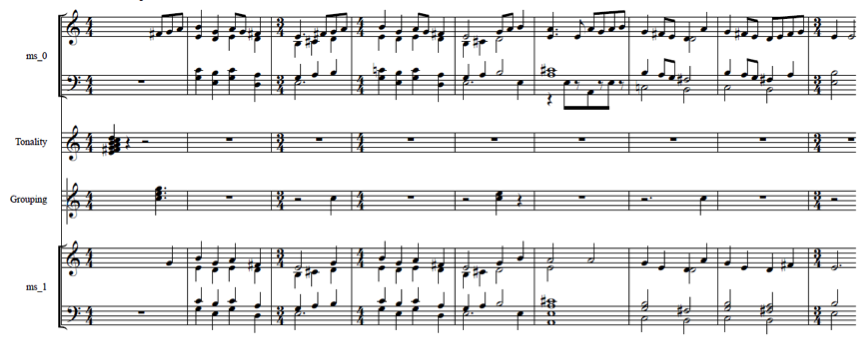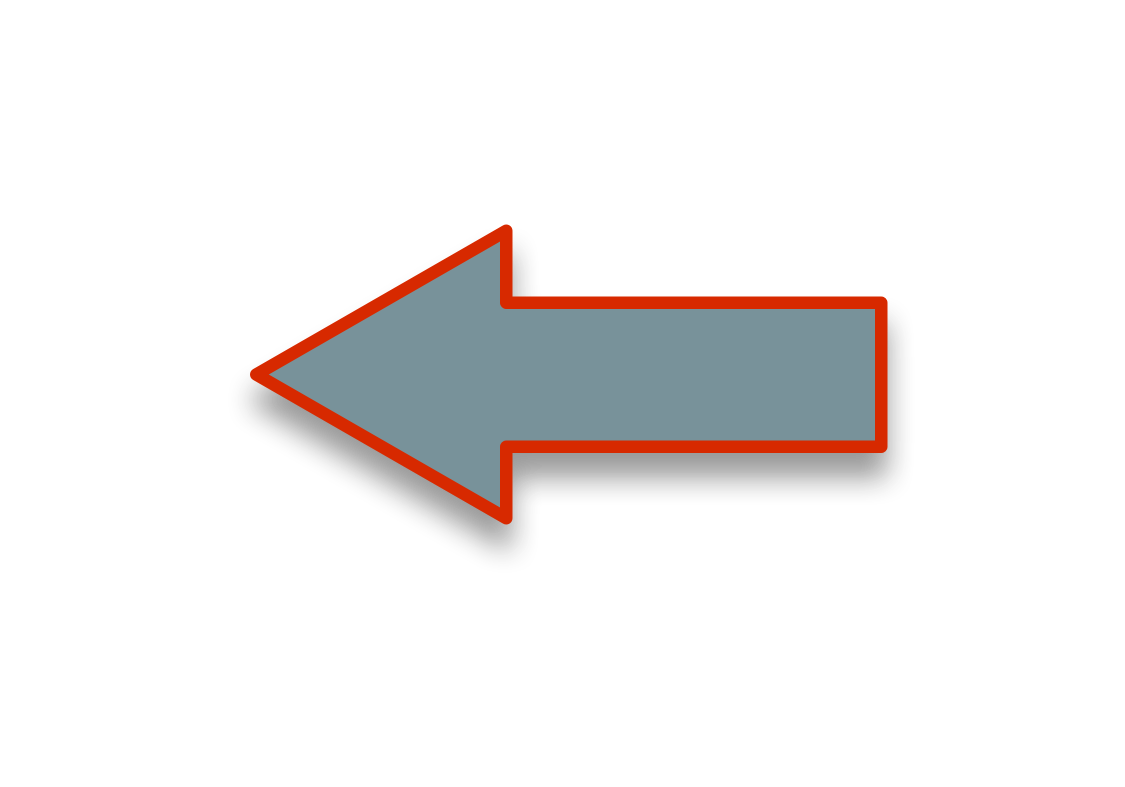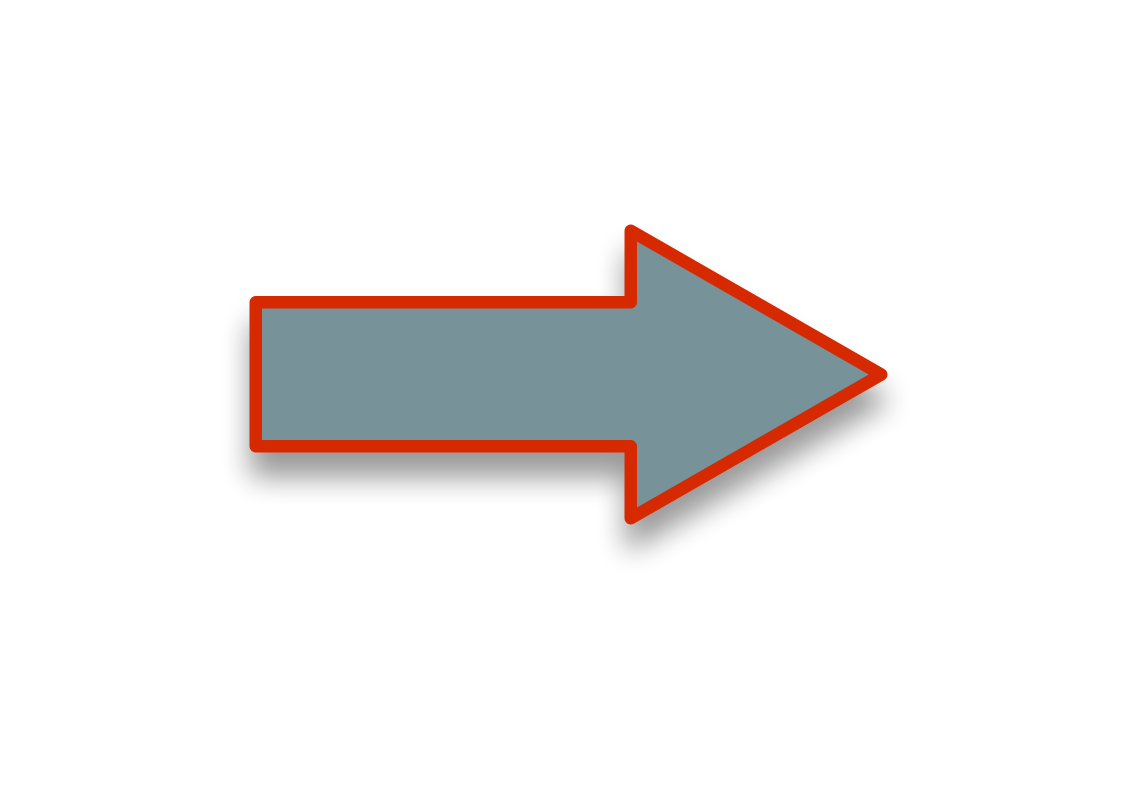
Harmonic Training Dataset
Representation of harmonic data
The
development of the presented melodic harmoniser incorporates
statistical learning on different harmonic levels (chord transitions,
cadences and voice
leading) from a data pool with ‘real-world’ representations of
historical traditions of music creation.
Musical pieces are manually annotated such that structural harmonic
features may be extracted at various hierarchic levels. Specifically,
for each piece/excerpt the following structural aspects are manually
annotated:
• Original musical piece score/transcription (musical surface: ms0)
• Harmonic reduction(s) of each musical work/excerpt
so that structural harmonic / non-harmonic notes are explicitly marked
(musical surface: ms1)
• Tonality and local scale/key changes are determined
so that harmonic concepts relating to modulations can be learnt
(indicated by a cluster of all notes included in the scale, with the
lowest note designating the tonic)
• Grouping structure is given so that cadential
patterns at various hierarchic levels can be inferred (pitch height of
notes is irrelevant; more notes correspond to higher level boundary).

Harmonic dataset
The
dataset comprises seven broad categories of musical idioms, further
divided into sub-categories, and presented in the following list:
(Note:
it is recommended that XML files be viewed with MuseScore. The notation
of some score parts (e.g. tonality indication staff) might appear
incoreclty in other software (e.g. Finale).)
1. Modal harmonisation in the
Middle Ages (11th – 14th centuries): includes subcategories of the
Medieval harmonic styles of Organum and Fauxbourdon.
1.1. Organum excerpts or short pieces (11th-12th centuries).
1.2. Fauxbourdon excerpts or short pieces (13th-14th centuries, Dufay, Binchois, et al).
2. Modal harmonisation in the
Renaissance (15th – 17th centuries): includes modal music from the 16th
– 17th centuries along with modal chorales.
2.1. Collection of homophonic vocal music (madrigal, frottola, et al) by Arcadelt, Desprez, Gallus, Morley.
2.2. Selected homophonic excerpts from Palestrina's "Stabat Mater".
2.3. Selected modal homophonic chorales by Osiander, Praetorius, Scheidt, Hassler, Vulpius, Lasso, Walter, et al. Further categorization by mode is possible.
3. Tonal harmonisation (17th –
19th centuries): includes a set of Bach Chorales, the Kostka-Payne
corpus (http://theory.esm.rochester.edu/temperley/kp-stats/index.html)
and tonal harmonisation sets from the 18th – 19th centuries.
3.1. Selection
of 35 Bach chorales from the Breitkopf edition. This set represents
baroque homophonic harmonic style
(17th-18th century). Further categorization to major or minor is possible.
3.2. The dataset of Kostka-Payne corpus
(Tonal Harmony workbook, 3rd edition, McGraw-Hill, 1995), produced by
David Temperley (chord-list file) and Bryan Pardo
(midi files with chord's quality). This set represents classical and
romantic harmonic style (18th-19th century).
3.3. Selected excerpts or short pieces by Beethoven, Chopin, Schubert, Brahms, Liszt, Grieg, Mussorgsky, et al. This set represents 19th century chromatic harmony.
4. Harmonisation in National
Schools (19th – 20th centuries): includes 19th – 20th century
harmonisation of folk songs from Norway, Hungary and Greece.
4.1. Selection of harmonizations of Norwegian folk songs by E. Grieg from his opp. 17 & 66 (tonal chromatic harmony).
4.2. Selection
of harmonisations of Hungarian and Romanian folk songs by B. Bartok
from his 10 easy pieces, 14 Bagatelles, Hungarian
peasant songs & Six romanian dances (free chromatic harmony).
4.3. Selection of harmonisations of Greek folk songs by G. Labelet (diatonic modal harmony).
4.4. Selection of harmonisations of Greek folk songs by Y. Constantinidis from his "44 piano miniatures" (chromatic modal/impressionistic harmony).
5. Harmonisation in the 20th
century: includes mainly vocal music by Cl. Debussy, P. Hindemith, E.
Whitacre, I. Stravinsky, among others. Also, includes 20th-century
harmonic concepts extracted from short musical excerpts.
5.1. Selected
short excerpts of 20th century harmonisation concepts from the
textbooks of Stefan Kostka, Kent
Williams, Walter Piston and various other sources,
further categorized by harmonisation technique (chords with
added notes, diatonic modality, pandiatonic, impressionistic, octatonic, parallel chromatic, polychords, quartal harmony, whole-tone harmony, secundal harmony)
5.2. Selected choral music by Cl. Debussy (Trois Chansons), extended tonal/impressionistic harmony
5.3. Selected
choral music by P. Hindemith (Six Chansons), neotonal harmony (not
publishable due to copyright
restrictions)
5.4. Selected
choral music by E. Whitacre (A boy and a girl, Sleep, Water Night),
neotonal harmony (not
publishable due to copyright restrictions)
5.5. Selection
of other vocal neotonal works by I. Stravinsky and A. Schnittke (not
publishable due to copyright
restrictions)
6. Harmonisation in folk traditions: includes Tango (classical and nuevo styles), Epirus polyphonic songs and Rebetiko songs.
6.1. Selection of Argentinian Tango music, in the classical style and the nuevo style of A. Piazzolla, extended tonal harmony
6.2. Selection of 3-voice and 4-voice polyphonic songs from Epirus (transcriptions by K. Lolis), minor pentatonic harmony
6.3. Selection of Greek Rebetiko songs
(transcribed as melodies with chord symbols), idiosyncratic modal
harmony, triadic harmonisation of
oriental modes
7. Harmonisation in
20th-century popular music and jazz: includes mainstream jazz, piano
pieces by Bill Evans and a collection of songs by The Beatles.
7.1. Selection of jazz standards from the Real Book (melodies with chord symbols), mainstream jazz harmony
7.2.
Selected jazz harmonizations by Bill Evans (transcriptions by J.
Reilly), extended jazz harmony (not
publishable due to copyright restrictions)
7.3. Selection of bossanova jazz style tunes (Songs by A. C. Jobim, Real Book style transcriptions)
7.4. Selection of 10 songs by The Beatles (not publishable due to copyright restrictions)
The above dataset is actively updated, corrected and revised as the
harmoniser is being tested and explored. The manual annotation and
analysis of the musical pieces for the production of the dataset xml
files was carried out by a research team coordinated and supervised by
Costas Tsougras. The team comprises Costas Tsougras, Andreas
Katsiavalos, Kostas Giannos and Nikolaos Diminakis.






